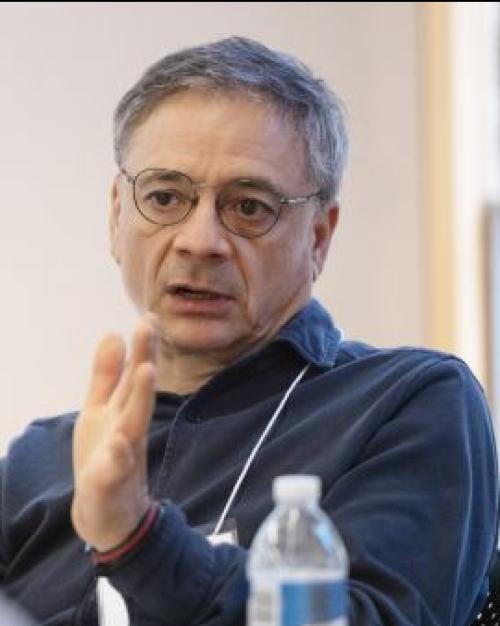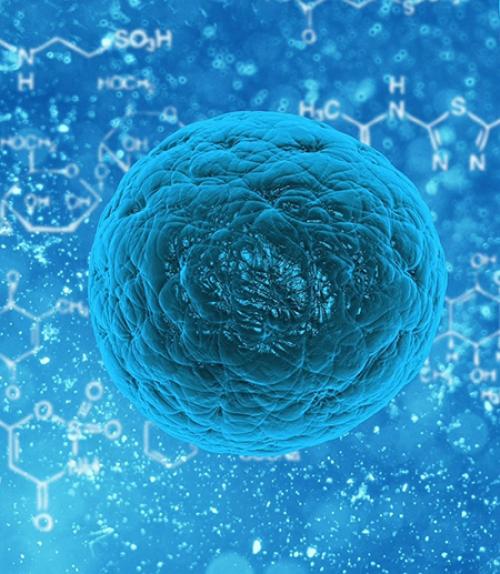Cells depend on signaling to regulate most life processes, including cell growth and differentiation, immune response and reactions to various stresses.
And while scientists have identified enzymes that remove a chemical modification known as lysine myristoylation – a “code” used for cell signaling – the enzymes that add such modifications have proved elusive. Knowledge of such modifications would allow scientists to chemically regulate cell signaling, leading to practical applications in treating human diseases such as slowing the growth of cancerous cells and inhibiting viral infections.
New research, published Feb. 26 in Nature Communications, identifies an enzyme – N-terminal glycine myristoyltransferases (NMT) 1 and 2 – which adds lysine myristoylation to a key protein.
Hening Lin, professor of chemistry and chemical biology in the College of Arts and Sciences, is senior author of “NMT1 and NMT2 are Lysine Myristoyltransferases Regulating the ARF6 GTPase Cycle.”
Lin and his lab report the mechanism of adding and removing the lysine myristoylation code to the signaling protein ADP-ribosylation factor 6 (ARF6).
“The modification we discovered occurs to many proteins that are important for cell signaling,” Lin said. “This is also the first time this kind of enzymatic activity has been identified in mammals.”
Just like a set of flight instructions directs a pilot to fly a correct route, biochemical mechanisms ordered by these enzymes give proteins directions for moving through different subcellular locations in the most efficient way, Lin said. Without the proper chemical code, a protein might travel through the cell inefficiently or incorrectly.
“In our cells, there are certain proteins, such as ARF6, which need to go from A to B to C, then back to A, because that’s what’s required for transporting other proteins in a cycle,” Lin said. “That’s what we found – the mechanism that makes sure the protein ARF6 follows that path.”
The researchers found that this mechanism takes place in human cells of many kinds. They believe that all mammalian cells operate in a similar way.
In addition to telling ARF6 where to go, NMT1 and NMT2 also help to activate the protein. This provides a new way to regulate the protein, which will in turn allow scientists to control it, leading to possible medical applications, said Tatsiana Kosciuk, doctoral student in biochemistry and lead author of the study. Since some cancer cells cycle at a high rate, slowing that cycle through drug inhibitors may slow cancer cell growth.
“This could be a potential therapeutic strategy,” said Kosciuk, a member of the National Science Foundation Graduate Research Fellow Program. “If we target one of these enzymes, we can control the activity of this very important protein that is implicated in a variety of diseases.”
There is also evidence that NMT could modify other proteins in a similar way, hinting at other potential applications of targeting this chemical modification. “There are numerous disease implications in this finding,” Kosciuk said. “We’re still working on it, but it looks promising.”
Other contributors included Ian Price, Ph.D. ’16, a former postdoctoral fellow in the Lin lab; Chris Fromme ’99, associate professor of molecular biology and genetics in Cornell’s Weill Institute for Cell and Molecular Biology; and Neil Kelleher, M.A. ’95, Ph.D. ’97, professor of chemistry and molecular biosciences at Northwestern University.
The study was supported by the National Institutes of Health, the National Science Foundation and the Howard Hughes Medical Institute.
Read the story in the Cornell Chronicle.




